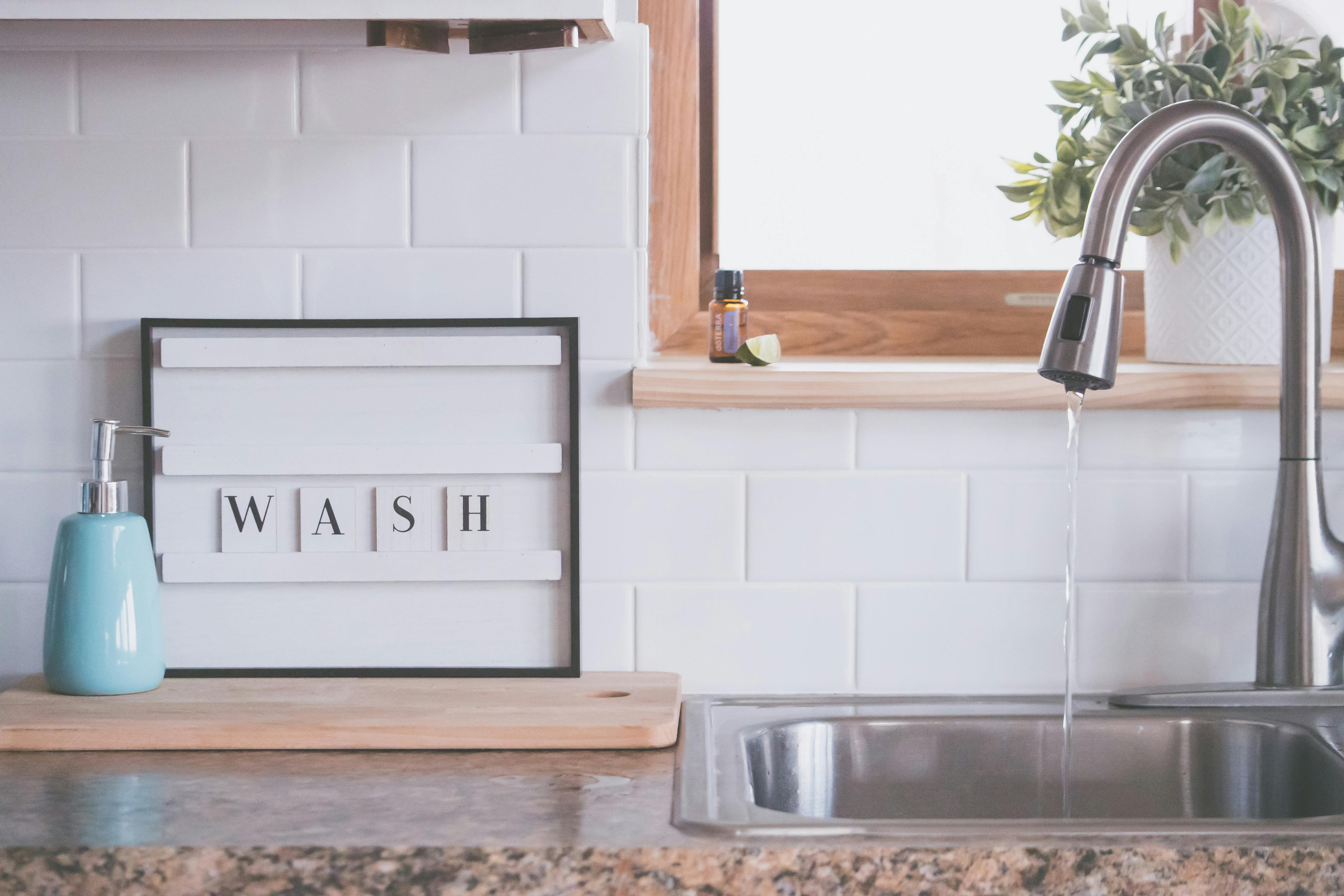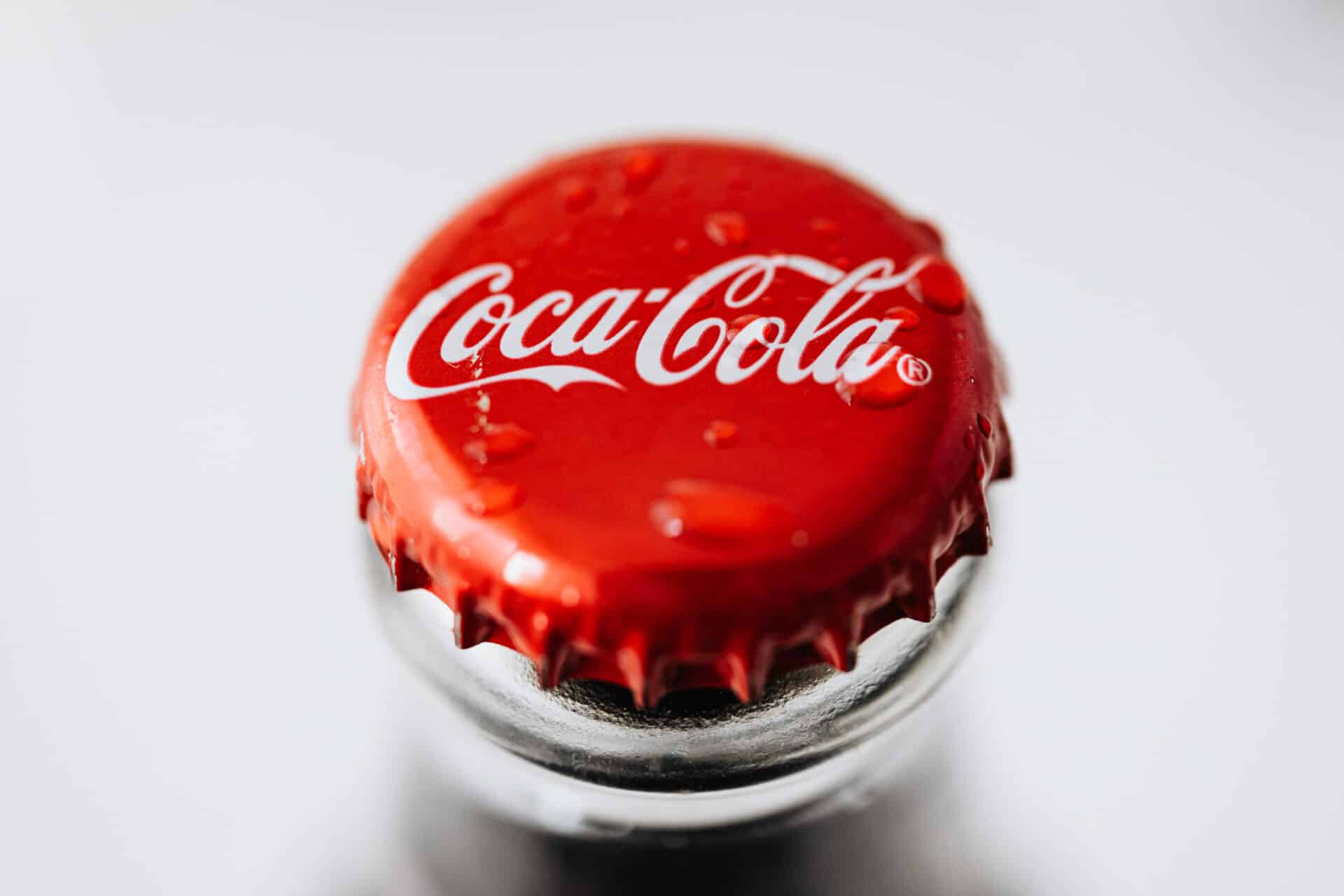Sterile water and distilled water are two different types of water, although they are often confused with one another. Sterile water is a type of purified water that has been filtered to remove bacteria and other microorganisms. Distilled water, on the other hand, is a form of purified water that has been boiled and condensed to remove impurities such as organic compounds, minerals, and metals. Both types of water have their own unique properties and applications. In this article, we will discuss the differences between sterile water and distilled water to help you better understand which one is best for your needs.Sterile Water is water that has been filtered and treated to remove bacteria, viruses, and other microorganisms. It is then sterilized using heat, radiation, or chemicals to ensure that it remains free from contamination. Sterile Water is commonly used in medical settings such as hospitals and clinics, where it is used in procedures such as wound irrigation or mixing medications.
Distilled Water
Distilled water is a type of purified water that has had both contaminants and minerals removed. It is created by boiling water and then condensing the steam back into a liquid, leaving many impurities behind. Distillation is a process often used to purify drinking water, as it removes impurities like bacteria, viruses, heavy metals, and other contaminants. Distilled water is also used in steam irons and humidifiers to improve performance. As the minerals have been removed, distilled water has a neutral pH level and does not contain any natural minerals. It also has a longer shelf life than regular tap or bottled water.
While distilled water may be free of impurities and contaminants, it does not have any beneficial minerals either. Because of this, it is not recommended as an everyday drinking option for people who are looking for the health benefits that come from consuming natural mineral-rich waters. However, some people do still prefer drinking distilled water as they believe it is more pure than other options available on the market.
Sterile Water and Distilled Water
Sterile water and distilled water are both types of purified water. However, there are some key differences between them. Sterile water is treated with a chemical or physical process to remove all living organisms, while distilled water is treated with heat or evaporation to remove impurities.
Sterile water is most often used in medical settings, such as for injection or irrigation. It must meet strict standards of purity and must be free from all living organisms, including bacteria, viruses, fungi and spores. This makes it ideal for use in surgical and other medical procedures where cleanliness is essential.
Distilled water is created through a process of boiling or evaporating the source liquid until it becomes vapor and then condensing the vapor back into liquid form. This removes any impurities that may be present in the source liquid, such as salts, minerals, metals and other contaminants. Distilled water is commonly used for drinking because it does not contain any contaminants that could cause health issues if consumed.
Overall, sterile water and distilled water differ in
Differences between Sterile Water and Distilled Water
Sterile water and distilled water are two types of purified water. Although both are used in various industries, they have some distinct differences. Sterile water is water that has been filtered and treated to remove all bacteria, viruses, fungi, and other microorganisms. Distilled water is water that has been boiled and vaporized to rid it of many impurities such as chlorine, salts, and heavy metals.
The biggest difference between sterile water and distilled water is the method of purification. Sterile water is filtered using a membrane or filter system to remove bacteria, viruses, fungi, and other microorganisms that could cause contamination or illness if ingested. Distilled water is boiled and vaporized so that the impurities such as chlorine, salts, and heavy metals are removed from the water.
Another difference between sterile water and distilled water is their uses. Sterile water is often used in medical or laboratory settings where it needs to be free of any kind of contaminants. Distilled water can be used for drinking or cooking purposes as it does not contain any harmful contaminants
Process of Making Sterile Water
The process of making sterile water involves several steps to ensure that it is free from any bacteria or microorganisms. One of the most important steps in the process is to use special water filters that have been specifically designed to remove any potential contaminants. These filters will remove particles such as dirt, sediment, and other materials that could potentially contain bacteria or other microorganisms. After the filtering process is complete, the water is then heated to a very high temperature in order to kill off any remaining bacteria or microorganisms. This heating process is usually done in a pressure vessel and requires precise temperatures and times in order to achieve the desired results. Once the water has been heated, it can then be cooled and stored in sterile containers for future use.
Another important step in the process of making sterile water is ensuring that all equipment used during the process is cleaned and sterilized properly. All surfaces that come into contact with the water should be thoroughly cleaned and disinfected before being used again. Additionally, all utensils used during the sterilization process should also be properly cleaned and sterilized before being reused. These steps are essential for ensuring that

Process of Making Distilled Water
Distilled water is a type of purified water that has had both contaminants and minerals removed. It can be made at home using a few simple pieces of equipment. The process of making distilled water involves boiling water and then condensing the steam back into a liquid form. This is an effective way to remove impurities such as bacteria, viruses, and heavy metals. Here is the step-by-step process for how to make distilled water:
1. Fill a large pot or container with tap water and place it on the stove. Make sure that the container is large enough to accommodate the amount of water you need for your project.
2. Place a smaller container inside the larger pot or container, making sure there is enough room for the steam to circulate around it. The smaller container should be able to hold at least one cup of liquid.
3. Place a lid on top of the larger pot or container to trap the steam inside. Heat the water in the pot until it begins to boil, which should take about 10 minutes.
4
Is Sterile Water Safe to Drink?
Sterile water is water that has been filtered and treated to remove most microorganisms, such as bacteria, fungi, and some viruses. It is generally used for medical purposes, such as in the preparation of medicine or intravenous (IV) solutions. While it is safe for medical use, it may not be safe to drink.
Sterile water is made by passing ordinary tap water through a filter or other purification system to remove most microorganisms from the water. This process removes some essential minerals from the water, making it taste differently than regular tap water. Additionally, sterile water does not contain fluoride, which helps reduce cavities and tooth decay when consumed regularly.
The lack of essential minerals and fluoride makes sterile water unsuitable for drinking over long periods of time. Regular tap water contains these beneficial minerals and compounds that can help improve a person’s health if consumed over a long period of time. For this reason, drinking sterile water on its own is not recommended for daily consumption.
In general, sterile water should only be used for medical purposes or when regular tap water is unavailable or unsafe to drink
Is Distilled Water Safe to Drink?
Distilled water is safe to drink, but it can be a bit dull in taste. In fact, many people prefer the taste of tap water over distilled water. The process of distillation removes minerals and other impurities from the water, which can give it a different flavor than regular tap water. However, distilled water is still safe to drink and can even be better for certain uses, such as in an iron or steam iron. It’s also free of many contaminants that may be found in tap water, such as lead and chlorine. For these reasons, distilled water is often used for medical purposes and in some industrial processes.
While distilled water is generally considered safe to drink, it may not be the healthiest choice for regular consumption. Since it has been stripped of beneficial minerals like calcium and magnesium, drinking too much can actually lead to mineral deficiencies over time. Additionally, there is some evidence that suggests consuming large amounts of distilled water over long periods can increase the risk of certain types of cancer. It’s best to consult with your doctor if you have any questions or concerns about drinking distilled water on a regular basis.
<
Conclusion
In conclusion, sterile water and distilled water are similar in that they are both free from microorganisms and other contaminants. They can both be used for medical purposes such as wound care, but sterile water has a longer shelf life, is more cost-effective, and is safer to use. Distilled water is typically used for drinking and cooking while sterile water is used for laboratory work or medical procedures. However, both types of water can be used interchangeably in many cases. Ultimately, the decision of which type of water to use depends on the particular application and individual preference.
In short, sterile water and distilled water are very similar in terms of their composition, quality, and uses; however there are some key differences that should be taken into consideration when deciding which type of water to use.

